7 Easy Tips for Fertilizing Your Succulent Plants!
I’m excited to share some tips to give your succulents the perfect boost they need!
Succulents are amazing because they require less fuss and still bring beauty into our homes.
Their juicy leaves and charming shapes can light up any space. 🌵
Ever wonder how to keep them looking their best?
It’s all about choosing the right fertilizer and using it correctly.
You’ll be a pro in no time, and your succulents will thank you with their vibrant colors and healthy growth.
Let’s get our gardening gloves on! 😊

Please note: Simplify Plants is reader-supported. As an Amazon Associate, I earn from qualifying purchases made by our readers with no extra cost added to you all! Some links in the post are affiliate links and I get a commission from purchases made through links in the post.
1) Use diluted liquid fertilizer
Hey there, fellow plant lover! 🌵
Have you ever tried using diluted liquid fertilizer on your succulents?
It’s a game-changer for their growth. Trust me, once you see the results, you’ll be hooked!
When using a liquid fertilizer, it’s important to mix it with water.
I usually go for a half-strength solution to keep my succulents happy.
Imagine giving them just a gentle boost instead of an overwhelming feast!
You might be wondering how often to feed them.
I find that once every four to six weeks during the growing season works wonders.
It’s like a little treat for them, but not too much!
Here’s a funny thing: I once over-fertilized my succulents, and they didn’t seem too pleased with me. 😅
So, lesson learned — less is more when it comes to nutrients. Always err on the side of caution with fertilizer strength.
Why use liquid fertilizer, you ask?
Well, it’s absorbed quickly, giving your plants a faster pick-me-up. Plus, it’s super easy to apply. Just mix, water, and watch them thrive!
Do you have a favorite liquid fertilizer brand?
I’ve tried a few, but I usually stick with what’s reliable. If you have any suggestions, I’d love to hear them!
Let’s help our plants grow strong and healthy together. 🌿
What’s your go-to method for mixing your plant food?
Everyone has their little secrets. Share them below! 😊
2) Apply slow-release pellets
I’ve found that adding slow-release pellets to my succulents is a game-changer.
These pellets break down over time, giving a steady supply of nutrients.
With them, I don’t worry about overfeeding or underfeeding my plants.
It’s like the perfect meal plan for my leafy friends! 🌿
You might wonder how to use these pellets. Well, it’s super easy!
I just sprinkle a few pellets onto the soil around my succulents. The water from regular watering helps release the nutrients gradually.
It’s a set-it-and-forget-it kind of deal, which is perfect for my busy schedule.
Have you ever forgotten to fertilize your plants? I know I have! 😅
That’s why I love these slow-release pellets—they keep working for months.
I only need to reapply them every couple of months, saving me time and worry.
I also notice my succulents looking happier and healthier with this method.
Their leaves stay plump and colorful, and they seem to grow better.
It’s a simple step, but it makes a noticeable difference. Just remember not to overdo it with the pellets to keep your plants thriving.
So, next time you’re tending to your beloved succulents, give these slow-release pellets a shot.
It’s fun to see how a small addition can go a long way in keeping them vibrant and lush! 🌵
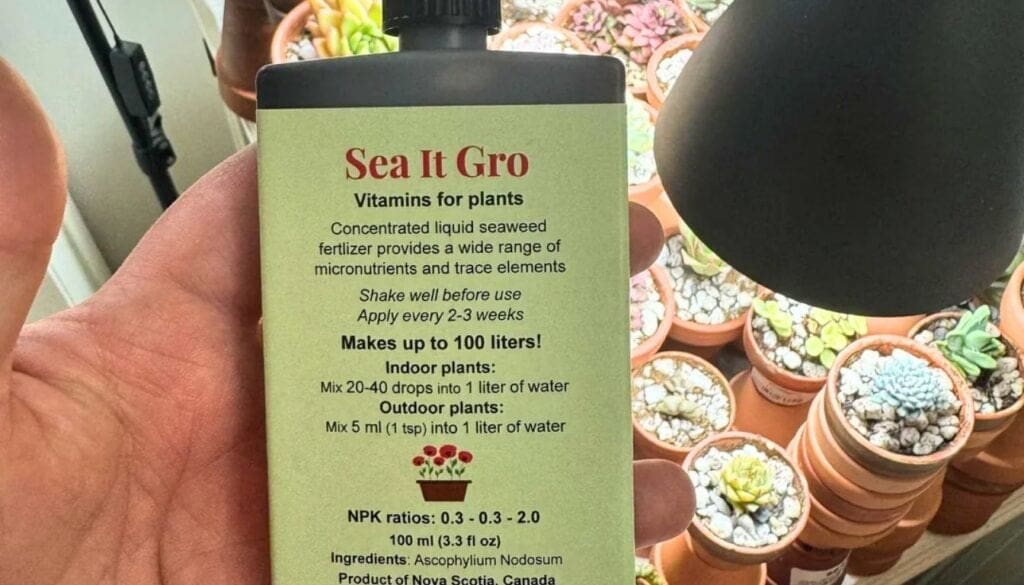
3) Use cactus-specific fertilizer
When it comes to succulent plants, there’s a secret weapon that can really make them thrive: cactus-specific fertilizer.
Unlike regular plant food, cactus fertilizers are specially designed to meet the needs of succulents. 🌵
They have the right nutrients in the right amounts.
I remember the first time I tried using one. I was amazed at how much my little aloe perked up!
Have you ever noticed your succulents looking a bit dull or slow to grow?
This special fertilizer might be just what they need.
Sometimes using the wrong type of fertilizer can do more harm than good.
Using a fertilizer made for cacti helps avoid problems like overfeeding. 🙃
It’s like giving your succulents a meal specifically cooked for them.
When applying, make sure to follow the instructions on the packaging.
It’s usually best to dilute it, making it easy for your plant to absorb.
Ever used too much salt in your food? 😝
Your succulents know the feeling if you overdo it!
Did you know you don’t need to fertilize often? In most cases, once during the growing season is enough.
That means less work for us and happy plants! 🌞
Next time you’re at the store, take a moment to check out the cactus section.
Consider picking up a bottle of this magic juice. Your succulents might just thank you for it! 😉
4) Fertilize during growing season
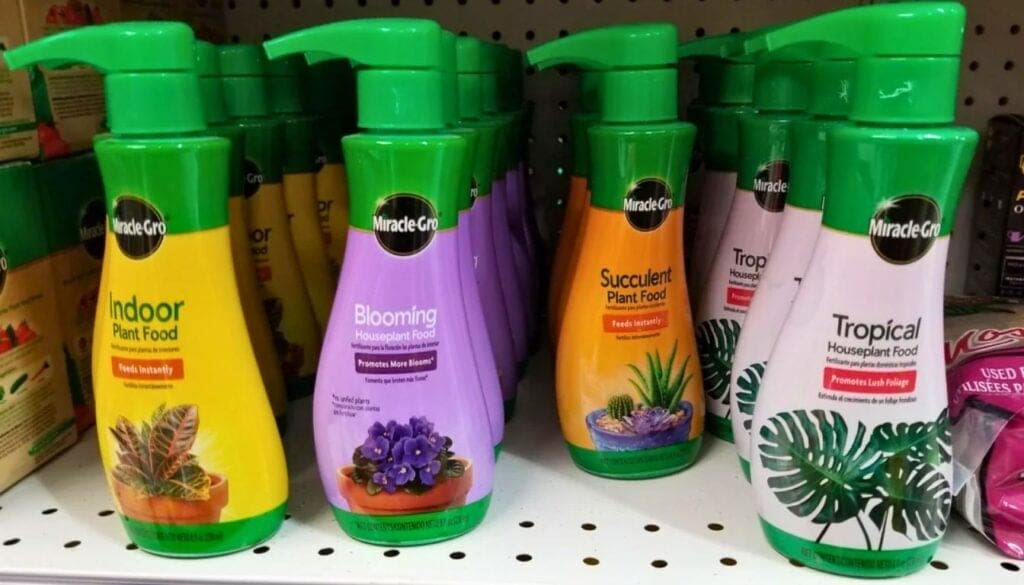
I’ve found that fertilizing during the growing season is key.
This is when succulents are actively growing, making it the best time to give them a nutrient boost. 😊
Think of it like giving them a power snack to grow strong and healthy!
In general, the growing season is spring and summer.
During these months, I use fertilizer about once a month.
It’s like giving my plants a regular treat, and who doesn’t enjoy that? 🍰
For a happy plant, I use a balanced, water-soluble fertilizer.
I make sure to dilute it to half or even quarter strength.
This keeps my succulents from getting too much of a good thing.
They prefer a soft nudge rather than a heavy shove when it comes to nutrients.
Sometimes, I forget to fertilize, and that’s okay! Missing a month won’t do much harm. 😅
Just pick up where I left off next time.
Have you tried out any fertilizers? What’s been your go-to routine? Leave me a comment below!
Remember, healthy succulents mean a happy home! 🌵
Is there a secret tip you swear by for fertilizing your plants? I’d love to hear about it!
Let’s get our succulents thriving together. 🌿✨
5) Avoid Over-Fertilizing

I know it can be super tempting to give your succulents lots of plant food, thinking they’ll grow faster or bigger with more fertilizer. 🌿
Too much of a good thing can actually harm them instead.
Over-fertilizing might cause your succulents to grow leggy or even develop weird growth patterns. Not what we’re aiming for, right? 😅
In my experience, succulents don’t need much fertilizer to thrive. They’re pretty low-maintenance.
Giving them a light feed once a month during the growing season is usually enough.
That’s every spring through early fall—easy to remember!
Better yet, I often skip fertilizer all together in the winter months.
Succulents like to rest, just like us lounging on a winter weekend. Plus, they don’t need extra energy when they’re not actively growing.
Think about this: have you ever poured a giant glass of milk, then realized halfway through you were already full? 🥛
A little goes a long way, and it’s better to stop before you overdo it.
Curious about the signs of too much fertilizer? Leaf dropping and yellowing are big clues. If you notice these, it might be time to take a step back and let your succulents chill out.
What do you think? Are you going to try giving your succulents a break from the extra nutrients? Let me know how it goes! 🌵✨
6) Epsom Salt for Magnesium Boost

When I first started growing succulents, I discovered an unexpected trick: Epsom salt!
This magical ingredient is known for giving plants a much-needed magnesium boost. 🌿
Adding a bit of Epsom salt to your watering routine can help promote vibrant and healthy plants.
Imagine your succulents smiling and glowing after a refreshing Epsom salt bath. It’s like sending them to a mini spa! 😊
To use it, I simply mix 1 teaspoon of Epsom salt per gallon of water. It’s easy and quick.
Then, I use this mixture the next time my little green friends need watering. Do you ever imagine their happiness while getting a magnesium boost? I sure do!
Plus, I love how affordable Epsom salt is. 💵
It’s a small investment that goes a long way. You can buy a bag and it’ll last a while since you only need a little each time.
Epsom salt is pretty gentle on plants, but I make sure not to overdo it.
Too much could upset them and we don’t want grumpy succulents on our hands, do we? 😅 So, once a month is a safe bet.
I find it amazing how such a simple ingredient can make a difference.
Have you tried using Epsom salt before? I’m curious to hear your experiences! Feel free to share your stories with me. 🌵✌️
7) Compost tea for natural nutrients
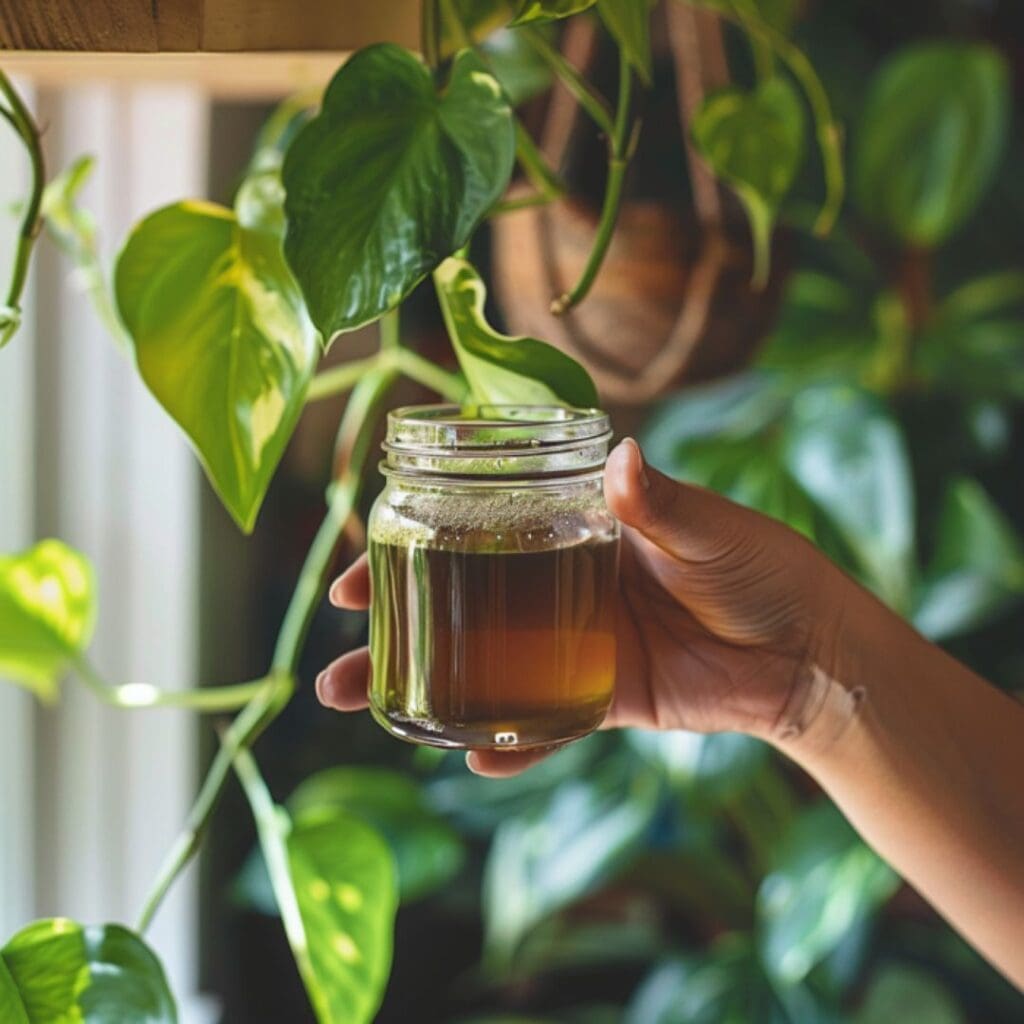
Ever heard of compost tea? 🥤
It’s not for sipping, but your succulents will love it!
Compost tea is like a natural multi-vitamin drink for plants. It’s made by soaking compost in water, creating a nutrient-rich solution.
Making compost tea is quite simple. All you need is compost and water.
Place the compost in a bag, sink it in a bucket of water, and let it steep for a day or two. Stir it occasionally to release the nutrients. It’s a bit like making a giant cup of tea!
Once your compost tea is ready, you can use it to water your succulents.
Just make sure it’s not too concentrated. Dilute the tea with water to avoid overpowering your plants.
I’ve noticed that the succulents get a little extra pep when I use compost tea.
They seem to grow healthier and show off more vibrant colors. Plus, it’s a sustainable option that turns waste into plant food. 🌿 How cool is that?
Have you tried using compost tea? I’d love to hear your experiences or any tips you might have.
Let’s share some succulent success stories! 💬
Understanding Succulent Fertilization
Fertilizing succulents sounds tricky, right?
It’s actually quite simple. Fertilizer helps them grow strong and healthy. Plus, using the right kind can make all the difference. 😊
Let’s take a look at why it’s so important and the kinds you should use.
Why Fertilize Succulents?

I used to think succulents didn’t need much care, but fertilizing makes them thrive! 🌵
Succulents grow well with a bit of extra nutrition. They need these nutrients to grow faster and look more vibrant.
Fertilizer provides essential elements like nitrogen, phosphorus, and potassium. Each component supports different plant functions.
Have you noticed if your succulents look a bit dull or tired?
That’s a cue they might need a boost. Regular feeding, especially during the growing season, can make a noticeable difference.
So, if you want lush green rosettes, don’t forget that friendly boost for your plants. 😉
Types of Fertilizer for Succulents
There are many fertilizers out there—it’s easy to get overwhelmed.
Liquid fertilizer is a favorite of mine. It’s simple to mix with water and is perfect for indoor plants.
For those who love a slow release, granular options work well, releasing nutrients over time.
Want something organic? Compost tea or worm castings are natural alternatives that can work wonders. 🐛
I stick to a balanced fertilizer, like 10-10-10 or 5-10-5.
It’s important to remember that succulents need less fertilizer than other plants. A light hand is best.
That way, you’ll avoid over-fertilizing, which can harm your plants.
So, which one do you think your succulents will love the most? 🤔
Best Practices for Fertilizing Succulents

Fertilizing succulents isn’t tricky, but timing and frequency matter a lot. It’s all about giving them the right boost at the perfect moment. Want your succulents to thrive? Let’s break it down.
How Often to Fertilize
Fertilizing succulents isn’t tricky, but timing and frequency matter a lot. It’s all about giving them the right boost at the perfect moment. Want your succulents to thrive? Let’s break it down.
I feed my succulents just once every 1-2 months during the growing season. They don’t need much because they’re not very hungry plants.
Overdoing it can actually harm them! During winter, I let them rest and skip fertilizing altogether.
Tip: Look for balanced, water-soluble fertilizers. I use them at half-strength.
Do you fertilize as often as I do? 🌵💧
Choosing the Right Time
The best time for me to fertilize is during the spring and summer. This is when they’re actively growing and ready for nutrients.
I avoid feeding them in the cold months since they’re taking a little nap.
A cloudy day is perfect for applying fertilizer.
Tip: If you water before fertilizing, nutrients absorb better.
Ever tried this trick? 😄☔
Frequently Asked Questions
Fertilizing succulents can be tricky, but I’m here to help! 🌵 Let’s tackle some common questions about feeding these low-maintenance plants.
How often should I fertilize my succulent plants?
I find it best to fertilize during their growing season, which is usually spring and summer.
A diluted liquid fertilizer monthly or slow-release pellets every four months work wonders!
Can I make my own fertilizer for succulents, and if so, how?
Yes, you can! Try mixing one tablespoon of Epsom salt in a gallon of water.
Give it a gentle shake, and voila! An easy DIY fertilizer for your green babies.
What should I look for in a commercial succulent fertilizer?
When choosing a commercial fertilizer, I look for something cactus-specific with a low nitrogen ratio. This ensures my succulents don’t grow too leggy.
Is it safe to use coffee grounds as fertilizer for my succulents?
While some folks swear by coffee grounds, I steer clear.
They might be too acidic and can cause more harm than good. Better to stick with tried-and-true methods.
Does Epsom salt benefit succulents, and how should I apply it?
Epsom salt can be beneficial as it adds magnesium to the soil.
I mix a small spoonful with water and use it sparingly. A little goes a long way!
Are there any natural methods to provide nutrients to my succulents?
Absolutely! I’ve found banana peel water adds some potassium.
Let a banana peel soak in water for a couple of days, then water your succulents with it. 🍌
Have you tried any of these tips? 🪴
Recommended Garden Supplies
| Product Image | Our Recommended Gardening Supplies | Check Offers! |
|---|---|---|
Top Top
Top
Top
Top
Top
Top
Top
Top | rePotme Houseplant and Tropical Classic Potting Soil Mix | Check Offer On Amazon |
 Top
Top
Top
Top
Top
Top
Top
Top | Espoma Organic Indoor Plant Food | Check Offer On Amazon |
 Top
Top
Top
Top
Top
Top
Top
Top | GooingTop LED Grow Light 6000K Full Spectrum Clip Plant Growing Lamp | Check Offer On Amazon |
 Top
Top
Top
Top
Top
Top
Top
Top | Soil Moisture Meter | Check Offer On Amazon |
 Top
Top
Top
Top
Top
Top
Top
Top | Govee Hygrometer Thermometer, Bluetooth Enabled! | Check Offer On Amazon |
 Top
Top | LEVOIT Humidifiers for Large Room(Best For Plants) | Check Offer On Amazon |
 Top
Top
Top
Top
Top
Top
Top
Top | Upgraded DIY Automatic Drip Irrigation Kit, 15 Potted Houseplants Support | Check Offer On Amazon |
 Top
Top
Top
Top
Top
Top
Top
Top | Stainless Steel Heavy Duty Gardening Tool Set | Check Offer On Amazon |
 Top
Top
Top
Top
Top
Top
Top
Top | Bonide Insecticidal Soap | Check Offer On Amazon |
 Top
Top
Top
Top
Top
Top
Top
Top | Bonide 32 oz Spray Neem Oil for Organic Gardening | Check Offer On Amazon |
 Top
Top
Top
Top
Top
Top
Top
Top | Garden Safe Fungicide | Check Offer On Amazon |

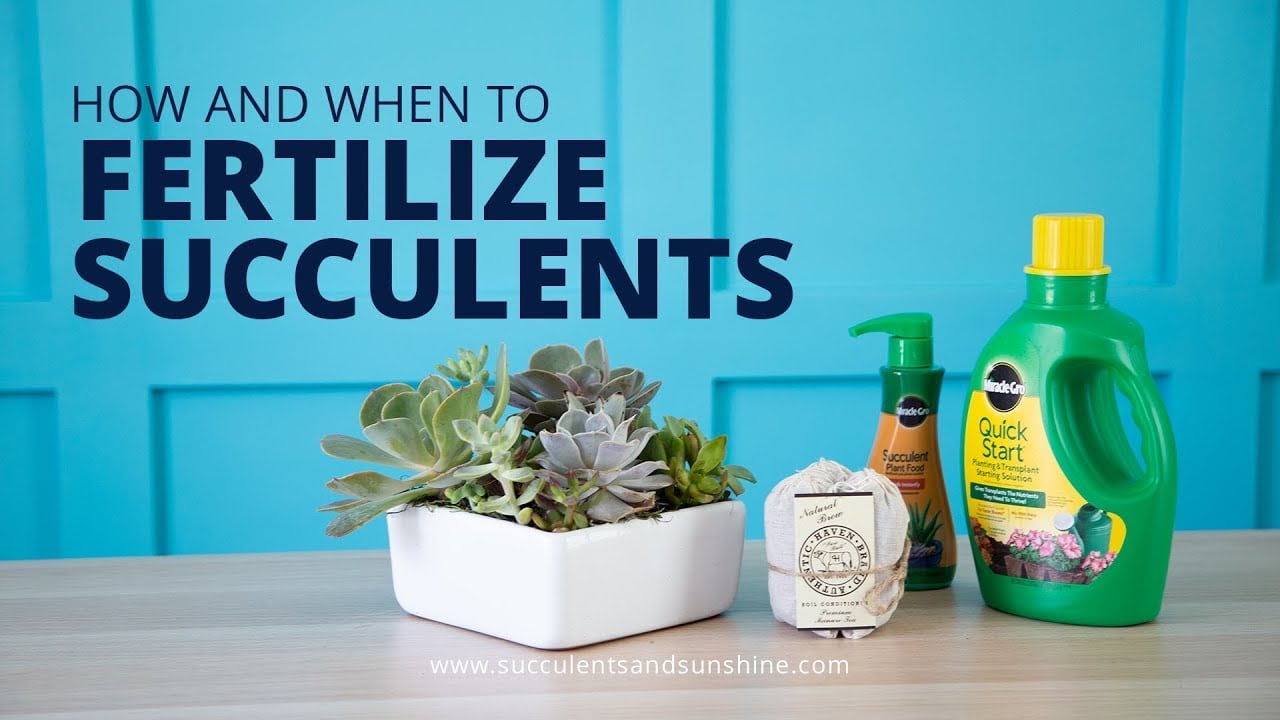


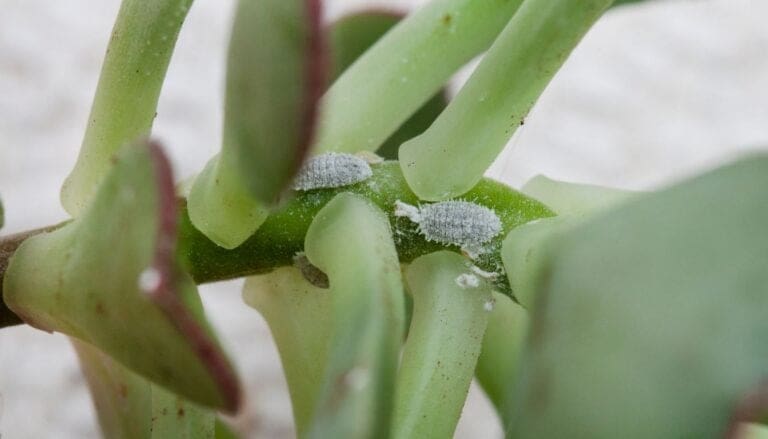
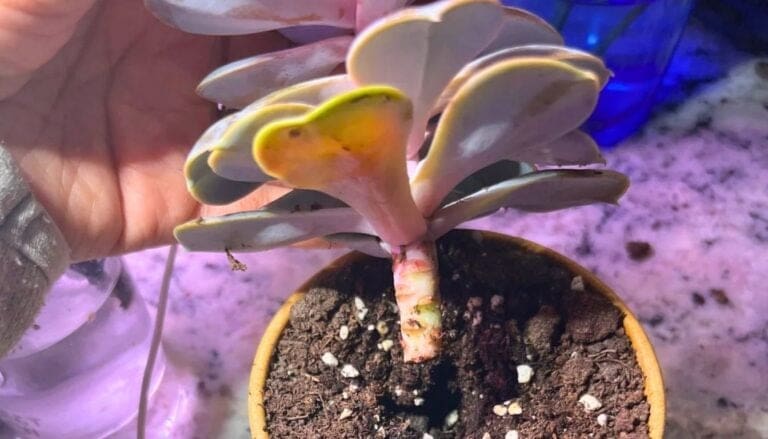
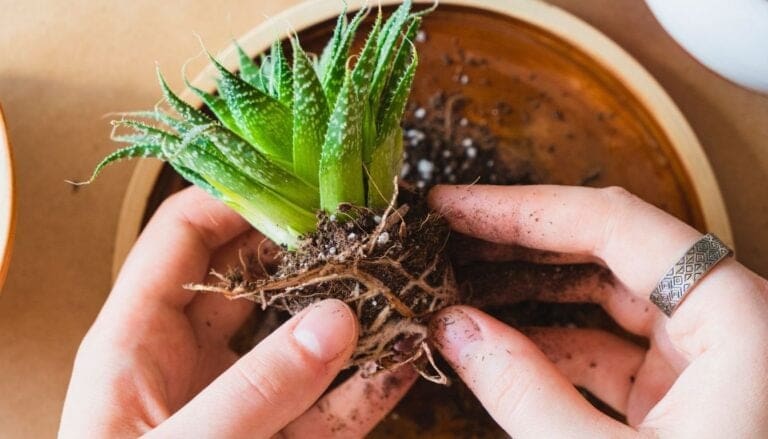

What is the name of your FB group please?
https://www.facebook.com/simplifyplants